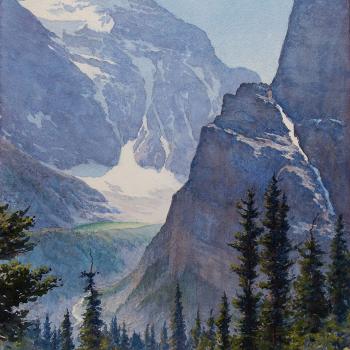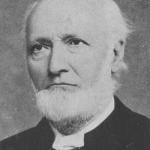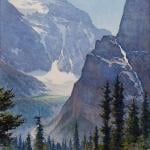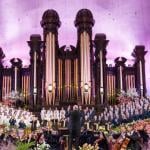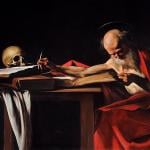
I’m still working my way through some note-taking from John W . Welch, et al., eds., Knowing Why: 137 Evidences That the Book of Mormon Is True (American Fork: Covenant Communications, 2017).
“Did Jacob Speak during an Ancient Israelite Autumn Festival?” (80-82)
John S. Thompson argues that 2 Nephi 6-10 follows the covenant/treaty pattern that is now recognized by scholars as having been widespread in the ancient Near East:
Preamble (2 Nephi 6:1-4)
Historical Overview (2 Nephi 6:5-9, 22)
Stipulations of the Covenant (2 Nephi 9:23-26)
Blessings and Cursings (2 Nephi 9:27-43)
Witness Formula (2 Nephi 9:44)
Recording of the Covenant (2 Nephi 9:52)
And, Thompson contends, this all seems to parallel the kind of themes that would have been characteristic of the ancient Israelite autumn festivals (especially the Feast of Tabernacles, or Sukkot).
“When Does the Book of Mormon First Talk about the Plan of Salvation?” (83-85)
Neither the Old Testament nor the New Testament mentions “the plan of salvation.” In fact, the King James Bible never uses the word plan. In the Book of Mormon, the “plan” of God is first explicitly laid out by Jacob, Nephi’s younger brother, in 2 Nephi 9 (see particularly 9:6 and 9:13). But the concepts that are integral to the plan are clearly present already in the teachings of Lehi.
“Having access to the fullness of the plan of salvation is one of the most profound and distinctive blessings that sets Latter-day Saints apart from the world. And it is the Book of Mormon that, first and foremost, repeatedly lays out the foundational doctrines of the Father’s plan. Making the plan of salvation known is one of the things the Book of Mormon does best.” (85)
“Why Did Jacob Choose a ‘Monster’ as a Symbol for Death and Hell?” (86-88)
Jacob’s imagery at 2 Nephi 9:10 seems to be rooted in the notion of watery death and chaos (and a monster connected with them) that existed, strikingly, both in ancient Mesoamerica and in the Bible and its ancient Near Eastern environment.
“Why Did Jacob Declare Ten Woes?” (89-90)
Grant Hardy calls 2 Nephi 9:17-19 “A Hymn to the Holy One of Israel.” Soon thereafter, though, comes 2 Nephi 9:27-38, which includes ten “woes” pronounced against liars, murderers, idol worshippers, those who imagine that they don’t need God, and others. Because there are precisely ten of them, they have been linked with the Ten Commandments, the Decalogue, given in Exodus 20 and Deuteronomy 5.
***
Some other Mormon-related items that you might find interesting:
“Henry Eyring’s Eye-Opening Experience with Councils”
This one is both hilarious and very telling:
“The Book of Mormon (Abridged for Reddit)”
I’m personally appreciative of this short piece from Ireland’s Robert Boylan because . . . well, because (in part, anyway) it defends me:
“LDS Appeals to J.R. Dummelow and the Trinity”



